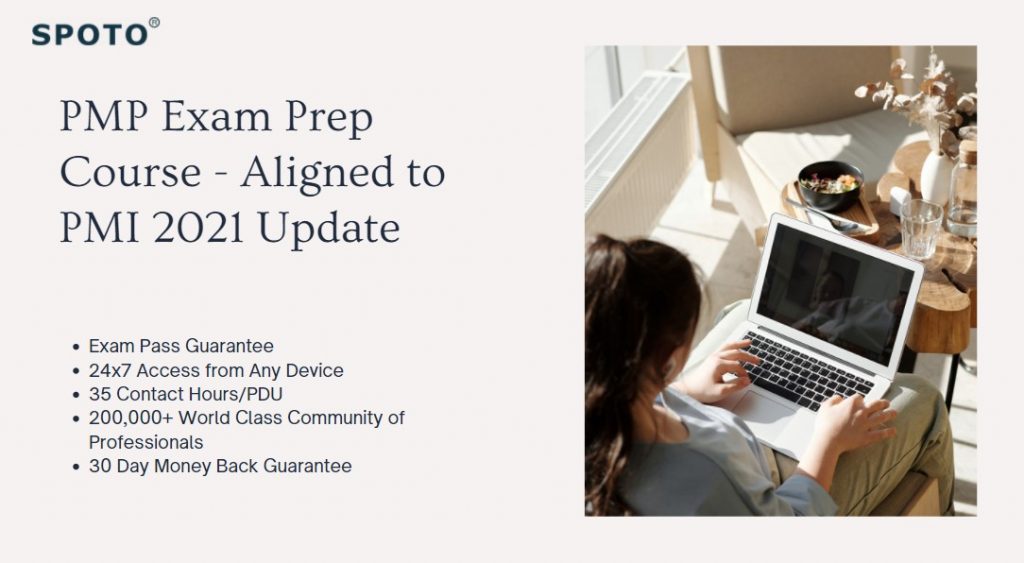Project Management Strategy
In PMP® Certification, the Project Management Plan is simply the document that lists all of the project requirements, activities, resources, deliverables, acceptance criteria, and measures of success. This single document attempts to capture the entire project from start to finish, covering all project phases from initiation to planning, execution, and closure.
The approach taken when writing a project management plan is primarily determined by the project’s priority, size, and context. The project management plan is perhaps the most important document, with relevance as high as obtaining buy-in from the project’s sponsor/stakeholder. Just as the project cannot move forward without stakeholder buy-in, moving forward without a solid plan is equally, if not more, disastrous.
The Project Management Plan is a comprehensive and all-inclusive document. This master document includes all other plans, such as the scope management plan, the cost management plan, the schedule management plan, all baselines (performance measurement baselines that include cost, schedule, and scope baselines), the configuration management plan, the quality management plan, the requirements management plan, the communications plan, the risk management plan, and the resource management plan.
Please keep in mind that project planning is iterative. Iterative means that each phase or part is further defined or elaborated as the work progresses. That means the project’s original plan will be altered. It is acceptable as long as the methodology’s basic hygiene factors are maintained.
In traditional project management, for example, the plan provides an outline of the anticipated project constraints (schedules, budgets, and so on) throughout all five stages: initiation, planning, execution, monitoring, and completion. Agile projects, on the other hand, cannot be planned from start to finish due to the nature of the work. Instead, plans are created and adjusted as needed throughout the project’s life cycle.
However, the iterative nature of the process does not excuse poor or incomplete planning. Each planning process may use the results of the preceding process, and each process may cause changes to the preceding processes. The goal is to finish each planning process as thoroughly as possible. The project management plan is not complete until all risk management processes have been completed. Following the completion of all risk management processes, such as risk identification, qualitative and quantitative risk analysis, risk response planning, and so on, the project manager returns to the planning document to finalize the project plan.
In a multi-stage project, the project lifecycle (Rolling Wave Planning)
Iterative project planning is required for projects with multiple stages (testing, installation, roll out, etc.). This is due to the underlying condition that the entire project cannot be fully planned to a detailed degree prior to starting work. In such cases, only the first stage or phase of the project (for example, the Design stage) is fully planned, with detailed planning for each stage or phase occurring as the previous stage nears completion.
Each stage of a multi-stage project has the same five project management components: Initiation, Planning, Execution, Monitoring and Control, and Closing.
From the perspective of the PMBOK® guide knowledge areas, Planning is the only process group that includes processes from all nine knowledge areas, namely Scope, Time, Cost, Quality, Human Resources, Communications, Risk, and Procurement.

The following are listed whether planning is required for a phase or the entire project:
Overview: Why is the project being carried out and what are its primary goals are.
Scope includes the following elements: business needs, requirements, deliverables, constraints, and work breakdown structure.
Schedule of activities and project milestones
Costs: The project’s budget and funding strategy
Approach to quality measurement and control
The people who are working on the project, as well as their roles and responsibilities, are referred to as the project team.
Communication: The type of communication, the channels through which it is delivered, and the reporting strategy
Risks include the risk index, methods for identifying and evaluating risks, risk mitigation, and contingency planning.
Procurement: The procurement and purchase processes that are required.
Closure: Closure strategy, including deliverables protocol for handover
Changes: Procedures used to track project changes.
Baselines: Baselines for scope, schedule, and budget
When the project management plan is finished, the project manager uses it as a tool to help manage the project on a daily basis. Though it may evolve and change throughout a project’s lifecycle, the project management plan is intended to be as complete as possible before execution begins.
Have fun learning! We wish you the best of luck on your path to PMP® certification.





